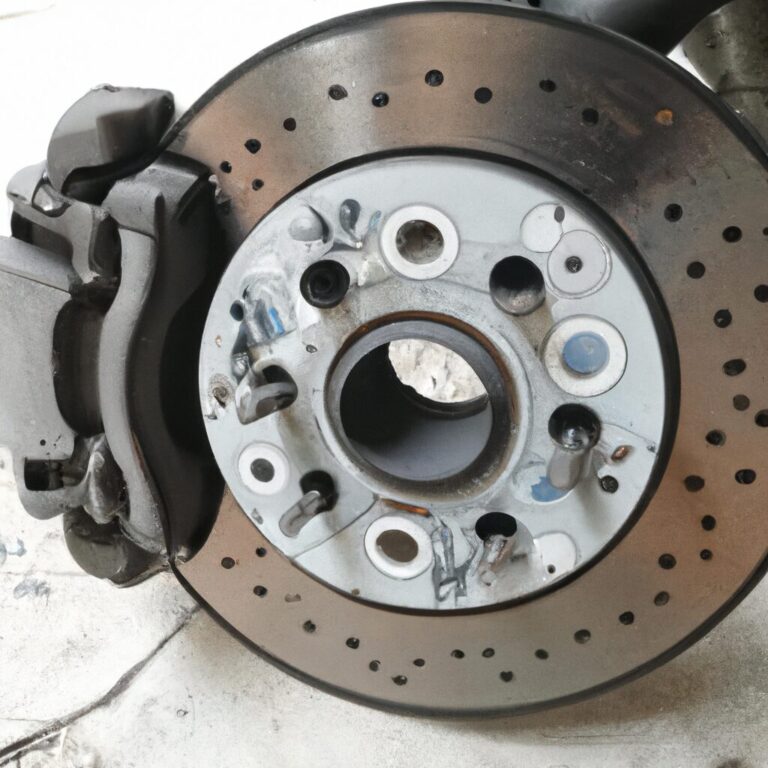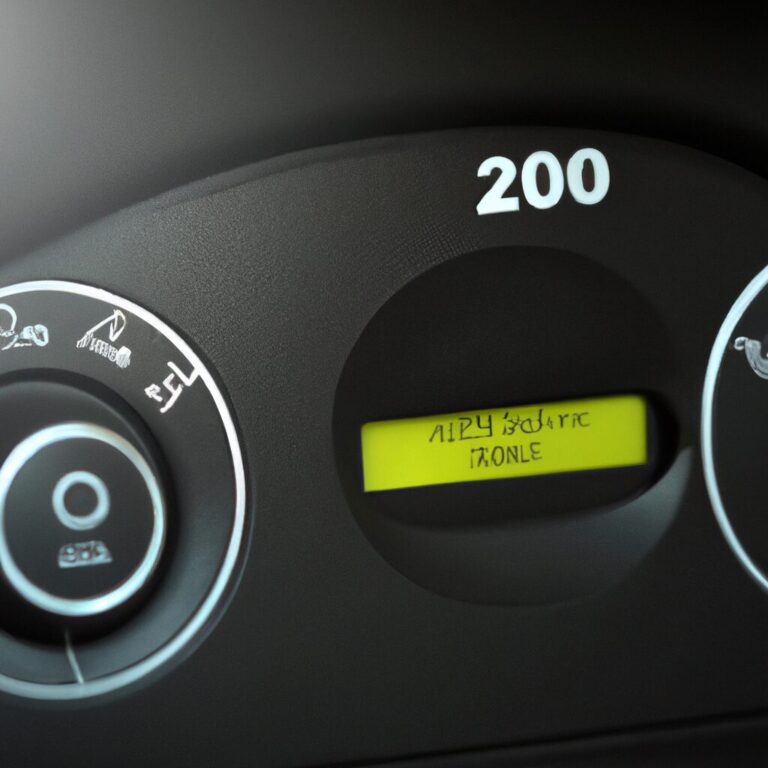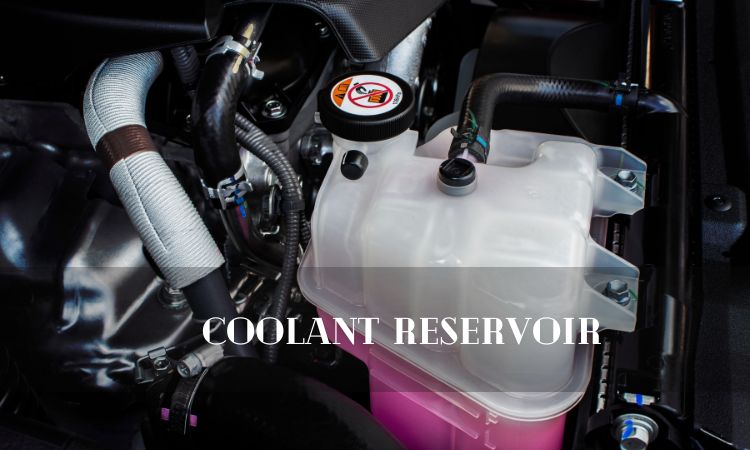How to Install Tire Pressure Sensor
To install a tire pressure sensor, start by removing the tire valve cap, then use a tire pressure gauge to check the current pressure.
Importance Of Proper Tire Pressure Sensor Installation
Tire pressure sensors play a critical role in maintaining the safety and performance of your vehicle. Therefore, it is paramount to emphasize the importance of proper tire pressure sensor installation. This ensures the accuracy of tire pressure readings and greatly contributes to preventing safety hazards on the road.
Ensuring Accuracy Of Tire Pressure Readings
Installing tire pressure sensors correctly and securely is essential to guarantee that the readings displayed are accurate. Incorrect installation may lead to inaccurate pressure readings, potentially affecting the vehicle’s performance and safety. It is crucial to follow the manufacturer’s guidelines meticulously to ensure the sensors are positioned correctly and provide precise data.
Preventing Safety Hazards
Proper installation of tire pressure sensors helps in preventing safety hazards. When sensors are properly installed, they can effectively alert drivers about low tire pressure, reducing the risk of tire blowouts, skidding, and loss of vehicle control. This significantly contributes to overall road safety and minimizes the likelihood of accidents resulting from underinflated tires.
Tools And Equipment Needed
Installing a tire pressure sensor is a crucial task to ensure the optimal performance and safety of your vehicle. To successfully install a tire pressure sensor, you will need a few essential tools and equipment. Below are the must-have items you should gather before getting started:
Tire Pressure Sensor Kit
A tire pressure sensor kit is an indispensable tool for installing a tire pressure sensor. This kit typically includes all the necessary components required for a successful installation. It often contains the pressure sensor itself, valve stems, grommets, caps, and other essential hardware. Investing in a high-quality tire pressure sensor kit guarantees a seamless installation process.
Jack And Jack Stands
A reliable jack and jack stands are essential for lifting your vehicle off the ground. These tools allow you to safely access the tires and ensure a stable working environment. When using a jack, make sure to follow the manufacturer’s instructions for proper placement and secure the vehicle with jack stands for added safety.
Torque Wrench
A torque wrench is a crucial tool for tightening the lug nuts to the specified torque. Maintaining the correct torque ensures proper installation and prevents any unexpected issues. Make sure your torque wrench is calibrated and set to the recommended torque level provided by the vehicle manufacturer or tire pressure sensor manufacturer.
Valve Core Tool
A valve core tool is necessary for removing the valve core from the tire valve stem. This step is crucial when installing a tire pressure sensor, as it enables a smooth installation process without damaging the sensor or the valve stem. The valve core tool allows you to remove the core efficiently and then reinstall it securely.
By having these essential tools and equipment ready, you are well-prepared to install a tire pressure sensor properly. Ensuring you have the necessary items will save you time and frustration, leading to a successful installation that contributes to the overall safety and performance of your vehicle.
Step-by-step Guide To Installing Tire Pressure Sensor
Installing a tire pressure sensor is a crucial step in maintaining your vehicle’s safety and performance. These sensors help monitor your tire pressure, providing you with real-time information to ensure optimal driving conditions. If you’re looking to install a tire pressure sensor yourself, this step-by-step guide will walk you through the process.
Remove The Wheel
To begin, you’ll need to remove the wheel from the designated tire. Ensure your vehicle is safely supported using jack stands or other appropriate tools. Using a lug wrench, loosen the lug nuts by turning them counterclockwise. Once the lug nuts are loose, carefully lift the wheel and remove it completely.
Locate The Tpms Sensor
With the wheel removed, it’s time to locate the tire pressure monitoring system (TPMS) sensor. This sensor is typically found on the inside of the tire valve stem. Look for a small, cylindrical component attached to the valve stem. It’s important to note that not all vehicles have TPMS sensors or they may be located in different areas, so consult your vehicle’s manual for specific information.
Replace The Sensor
Now that you’ve located the sensor, it’s time to replace it with a new one. Start by removing the old sensor by turning it counterclockwise using a TPMS sensor tool or a wrench. Once the old sensor is removed, thread the new sensor onto the valve stem by turning it clockwise. Be careful not to over-tighten the new sensor, as it could potentially damage the valve stem or the sensor itself.
Reinstall The Wheel
With the new sensor in place, it’s time to reinstall the wheel onto the vehicle. Gently position the wheel onto the hub, aligning the holes with the lug studs. Thread the lug nuts onto the studs by hand to ensure they’re properly started. Then, using a lug wrench, tighten the lug nuts in a star pattern to ensure even and secure tightening. Tighten the lug nuts until they are snug.
Calibrate The Sensor
Once the wheel is securely attached, it’s important to calibrate the tire pressure sensor. This step ensures that the sensor is communicating accurately with your vehicle’s system. Consult your vehicle’s manual for specific instructions on how to calibrate your particular TPMS sensor. Follow the instructions carefully to complete the calibration process.

Credit: www.youtube.com
Common Mistakes To Avoid
When installing tire pressure sensors, common mistakes can lead to issues. Ensure correct placement and calibration to avoid inaccuracies. Double-check sensor compatibility with your specific vehicle for optimal functionality and safety.
Over-tightening The Sensor
When installing tire pressure sensors, avoid over-tightening them. Excessive force can damage the sensor or the valve stem, leading to leaks and inaccuracies in the tire pressure readings. Use a torque wrench to apply the manufacturer’s specified torque setting, ensuring a secure fit without risking damage. This will help prevent potential sensor failure and ensure accurate tire pressure monitoring.
Incorrect Sensor Placement
Incorrect sensor placement is a common mistake that should be avoided. Placement on the wrong tire or improper positioning within the tire can result in inaccurate readings. Refer to the vehicle’s manual or the sensor manufacturer’s guidelines to determine the proper placement for each sensor. Ensure that the sensors are securely mounted in the correct location to provide reliable tire pressure data to the vehicle’s monitoring system.
Final Checks And Testing
Final Checks and Testing are crucial steps to ensure the successful installation of your tire pressure sensor.
Checking For Leaks
Inspect the sensor and valve stem area for any signs of air leaks.
If leaks are detected, tighten the sensor and valve stem securely.
Testing Tpms System
Test the TPMS system by initiating the sensor pairing process.
Verify that each sensor is communicating with the vehicle’s system correctly.
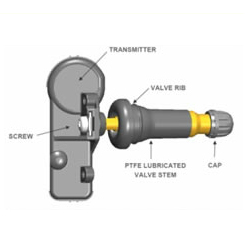
Credit: www.bartecautoid.com
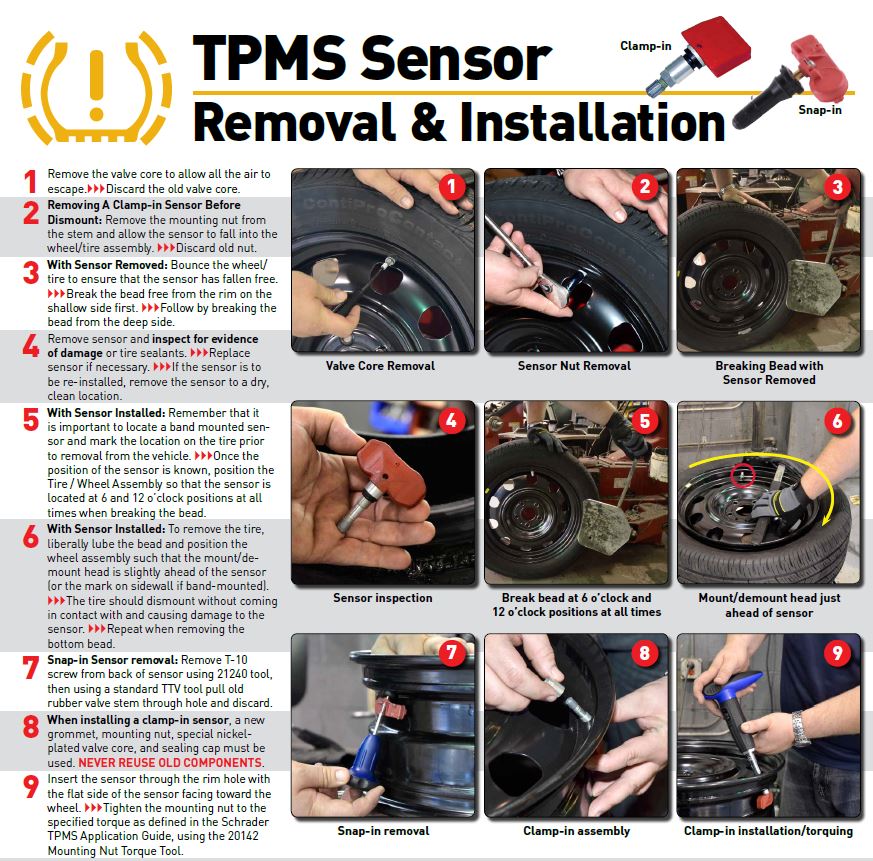
Credit: www.titantpms.com
Frequently Asked Questions Of How To Install Tire Pressure Sensor
Can I Install Tpms Sensors Yourself?
Yes, you can install TPMS sensors yourself. It is a relatively simple process that can be done at home. Just make sure to follow the manufacturer’s instructions carefully for the best results.
How Much Does It Cost To Install A Tire Pressure Sensor?
Installing a tire pressure sensor can cost around $50 to $100 per sensor. Prices may vary depending on the make and model of your vehicle and any additional labor charges.
Can You Replace Tpms Without Removing Tire?
Yes, TPMS can be replaced without removing the tire.
Do Tpms Sensors Have To Be Programmed?
Yes, TPMS sensors need to be programmed for accurate tire pressure monitoring. It ensures proper communication with the vehicle’s onboard computer.
What Is The Purpose Of A Tire Pressure Sensor?
A tire pressure sensor monitors air pressure and alerts drivers to low pressure for safety.
How Often Should Tire Pressure Sensors Be Checked?
Check tire pressure sensors monthly or before long trips to prevent potential issues.
Can Tire Pressure Sensors Be Installed At Home?
Yes, tire pressure sensors can be installed at home if you have the necessary tools.
Conclusion
Installing a tire pressure sensor is an essential task for maintaining vehicle safety. By following the step-by-step instructions outlined in this blog post, you can ensure that your tire pressure sensor is properly installed and functioning. Regularly checking and maintaining tire pressure is crucial for extending the lifespan of your tires and promoting fuel efficiency.
With the right tools and knowledge, installing a tire pressure sensor becomes a manageable task for any car owner.

